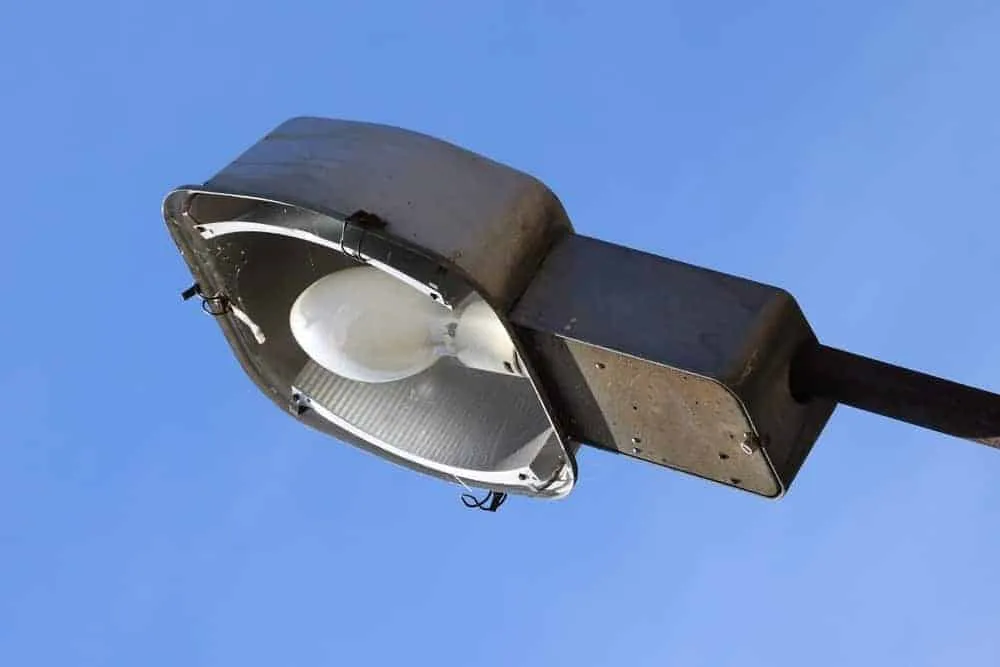
In Water Damage Restoration Long Beach, methods of drying are very important since they have a significant impact on the further damage and possible consequences. Drying is not limited to washing and rinsing or the mere draining of water that is visible to the naked eye; it also calls for the identification and removal of ‘concealed’ water that could fester and cause further damage, such as mold formation, crumbling structures, and probable health hazards.
Other techniques include employing industrial dehumidifiers and air movers to aid in drying out walls, floors, and substructures in order to get rid of dampness. Furthermore, drying at the right time and to the right extent also prevents any form of damage to building materials as well as minimizes other inconveniences. Knowledge and application of these approaches can contribute to the restoration process and, more importantly, to the creation of a healthy atmosphere.
Prevents Mold Growth
Water, moisture, and most especially mold are among the major things prevented by proper drying. Mold spores can be found in different forms of environment, but as observed, they tend to dwell more on the moist kind, and once water damage happens, mold begins to develop within 24-48 hours.
Cleaning focuses on the use of the right equipment and tools such as dehumidifiers and air movers, among other professional equipment, to ensure that an affected area is thoroughly dried, thus minimizing chances of mold development.
Protects Structural Integrity
Water is well understood to have an influence impact on most parts of the building, including the wooden parts, drywall, and even insulation. But if all these materials are left wet for a long time, the material may wear out, swell, or even get spoilt. Remember, right drying helps to mitigate further degradation of such materials as well as the general structure of the specific building.
They also use moisture meters and thermal imaging cameras to ensure that there is minimum moisture trapped in the building structure not detected during the construction period and then go further to rectify it.
Reduces Repair Costs
Controlled drying can go a long way to bring a lot of costs down when doing business. This is the case since damages by water are severe when they are not fixed promptly; this compounds the situation, leading to further calls for more repair work.
It can lead to other severe problems on woodwork, rusted metals, and affected electrical parts, and these are costly in as much as the repair is concerned. Such complications can, however, be avoided by proper drying, and this will also avoid high repair costs.
Conclusion
Drying processes have very important roles in water damage restoration to prevent the formation of mold, structural changes, increased costs, and enhancing the indoor air quality. If you’re looking for a reputable restoration company that offers all this and more, check out Rapid Restoration’s website.
This is due to the fact that it becomes rather a surprise to appreciate that proper handling of water damage is crucial since it prevents future complications and promotes the well-being of dwelling occupants.




